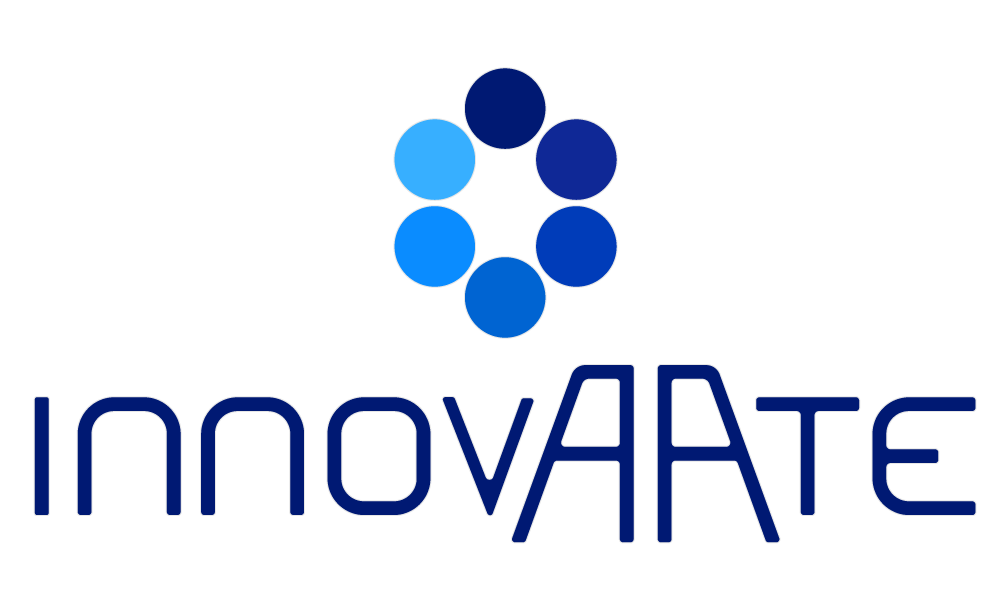When it comes to fuelling exercise and speeding recovery, most athletes reach for protein shakes. They’ve become the go-to solution for muscle repair and performance support. But here's the truth: protein shakes alone are not enough—especially during and immediately after intense physical activity.
What’s missing from the equation? High-Demand Amino Acids (HDAA)—a specific group of amino acids your body urgently needs during exercise and recovery, and which are rapidly depleted through sweat and metabolism.
1. Digestion Is Compromised During Exercise and Recovery
Most people don’t realise that gut function slows dramatically during exercise and in the early recovery window. Blood flow is diverted away from the digestive system toward muscles and skin to support movement and thermoregulation. This means that large protein molecules from typical shakes are poorly digested when they’re needed most.
As a result, those proteins often sit in the gut, undigested, while the body scrambles to find critical nutrients elsewhere.
2. HDAA Are Lost Faster Than Other Amino Acids
Not all amino acids are used—or lost—equally. Research has shown that during prolonged or intense activity, specific amino acids are consistently excreted in higher amounts, especially via sweat and metabolic processes. These include amino acids that are essential for:
-
Energy system function
-
Structural integrity of muscle and connective tissue
-
Repair and recovery of cells
-
Metabolic regulation
These High-Demand Amino Acids (HDAA) are in constant high turnover during activity, and standard protein supplements do not target or replenish them in the right amounts, at the right time.
3. When HDAA Are in Short Supply, Muscles Pay the Price
When the supply of HDAA is insufficient—especially during exercise—the body does what it must to survive: it starts breaking down muscle tissue to extract what it needs.
This catabolic process can erode muscle gains, slow recovery, and even lead to fatigue, soreness, and underperformance in subsequent sessions. Instead of supporting performance, the body's internal systems begin to cannibalise muscle protein to maintain basic metabolic functions.
4. Providing HDAA at the Right Time Prevents Muscle Breakdown
This is where targeted HDAA supplementation becomes essential.
By providing the right amino acids, in the right form, at the right time—even during exercise—you can reduce the need for muscle breakdown, preserve lean tissue, and support faster, more complete recovery. HDAA formulas are designed for rapid absorption, bypassing the digestive limitations of whole protein and delivering what your body urgently needs, when it needs it most.
The result?
-
Less muscle damage
-
Quicker return to peak performance
-
Better endurance and resilience across sessions
The Bottom Line
Protein shakes have their place in nutrition, but they’re not a complete solution for athletes under load. During and after exercise, the body’s demand for specific amino acids skyrockets—and if those needs aren’t met, the cost is muscle tissue and delayed recovery.
Targeted HDAA support is the smarter strategy: precision, speed, and biological relevance when it matters most. If you’re training hard and looking to maximise every session, it’s time to go beyond protein and start fuelling what your body is truly asking for.
Support your performance from the inside out—feed your body with HDAA.
For a detailed exploration of this topic, refer to the article: High-demand amino acids can benefit musculoskeletal health during recovery from illness and exercise. by Richard Hugh Dunstan, DPhil (Oxford), published in the ACNEM Journal, March 2024. link to Journal article
You can also download our free ebook here.
InnovAAte products are Crafted from 30+ years of research
ElectrAAte® and OptimAAte® are the only products that provide HDAA.
OptimAAte® is for daily support and recovery. It is formulated to target what your body loses most under an active lifestyle—rebuilding your performance engine from the inside out.
✅ Restore and maintain energy systems
✅ Support muscle recovery
✅ Rebuild metabolic balance
✅ Perform consistently
ElectrAAte® is for during and after exertion. It is formulated to deliver amino acid-powered hydration by providing fluids, electrolytes and HDAA. These replenish what is lost in sweat and thereby supports performance and muscle recovery.
✅ Rapid absorption on the go, and during recovery
✅ Powering energy systems
✅ Sustains key nutrient supply
✅ Optimising performance and recovery
✅ Minimising downtime and maximising gains
For the best results, use OptimAAte® and ElectrAAte® as a complete system:
|
Goal |
When to Use |
What to Take |
|
Prepare for exercise / sport |
30-60 minutes pre-workout / sport |
OptimAAte ® |
|
Hydration & Performance |
Before or during exercise/training/work |
ElectrAAte ® |
|
Post-Exercise Recovery |
Immediately after physical exertion |
ElectrAAte ® |
|
Ongoing Support |
Daily in the morning or on rest days |
OptimAAte ® |
|
Support higher levels of sweating (no exercise) |
Take in the morning Take in the afternoon |
OptimAAte ® ElectrAAte ® |




Share:
Replenishing More Than Just Fluids: The Essential Role of HDAAs and Electrolytes in Active Women 40+
Amino Acid Supplements: Why High-Demand Amino Acids (HDAA) Are Critical for Active Women Over 40